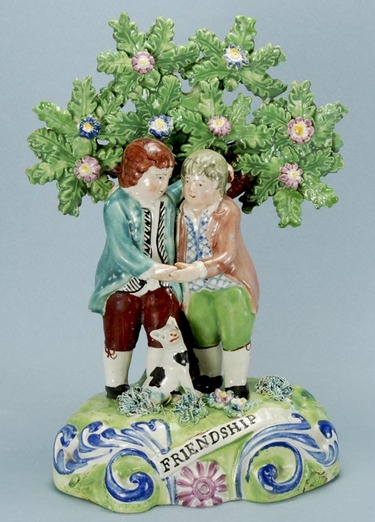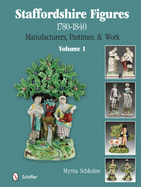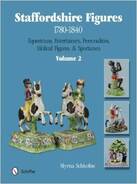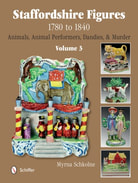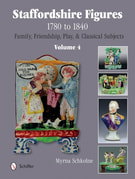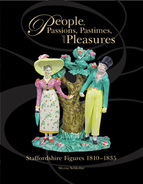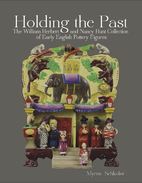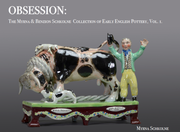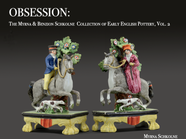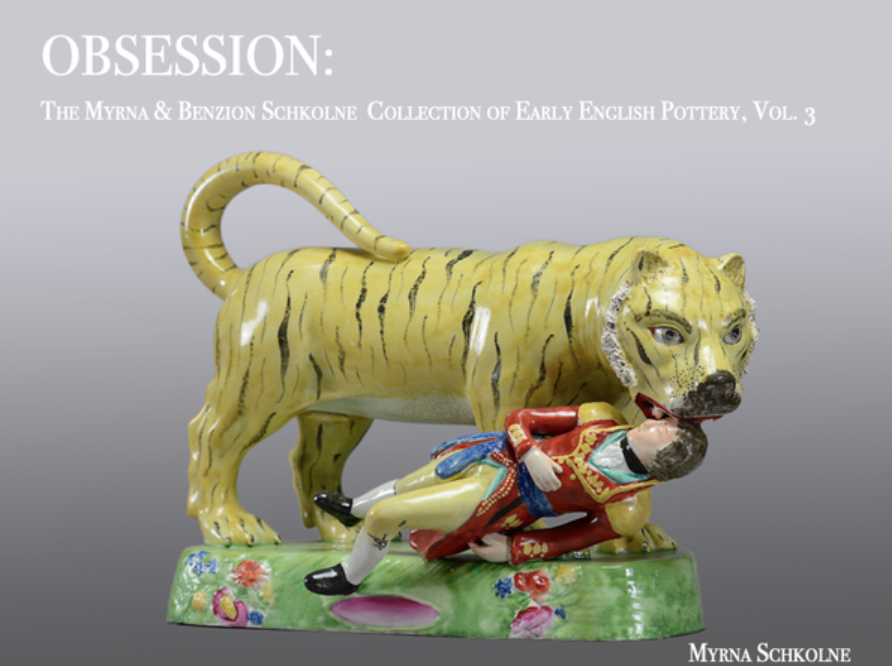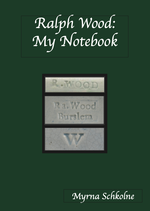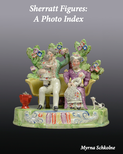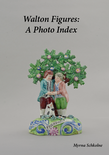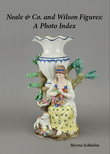There are many pairs of figures among the many marked Walton figures. Showman and showwoman, gentleman and lady gardeners, pairs of lions, cows and sheep. You get the drift. Not surprisingly, both figures in each pair are marked. This is sounding too easy, is it not? Here comes the wrinkle: Walton's figures of St. Paul are marked, but companion figures of St. Peter are NEVER marked. Why?
The more I think about this, the more I wonder whether Walton actually ever made St Peter. St Peter may have been made by some other potter. The features on marked Walton figures (the bocages, decorative sprigs, the color palette) also occur on figures made by other pot banks. So just because there is a companion St Peter does not mean Walton made it. Somebody else may well have done the deed.
Very many Walton figures seem to stand in pairs that have been together forever, but not so St. Peter and St. Paul. I have never seen what an undeniably original pairing. Perhaps Walton only made St Paul--and some other enterprising potter decided to make St Peter to satisfy a market need.
Lets look at some figures.
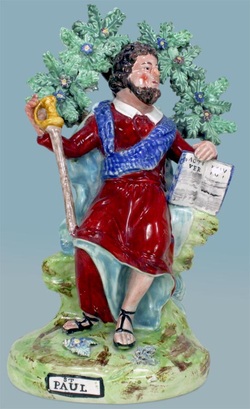
As this figure is marked WALTON, there is no dispute as to who made it. But if it was not marked, the best we could say is that it is "Walton-style."
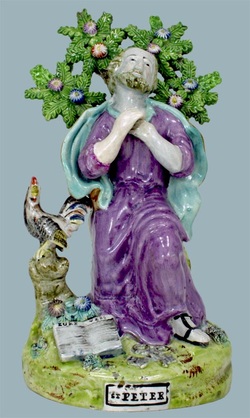
If this figure stood side by side with a very closely matching St Paul--a true pair--I might just get comfortable attributing it to Walton. But otherwise the best I can say is that it was possibly made by Walton.
Note that the book is open to Luke.
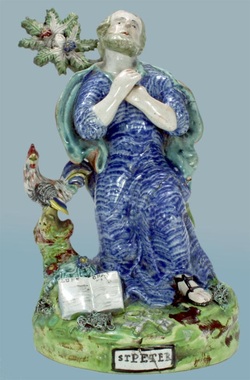
Here we have a very similar St. Peter. Again, each bocage frond has five leaflets. In fact, they are shaped like the bocage fronds on the previous St. Peter and St. Paul. Their painting is unusual--but I have seen bocage fronds on a Walton figure painted in this manner. I have also seen this painting on bocage fronds from other pot banks. Did Walton make this St Peter? Possibly--but I wouldn't want to bet on it.
Note the book is again open to Luke.
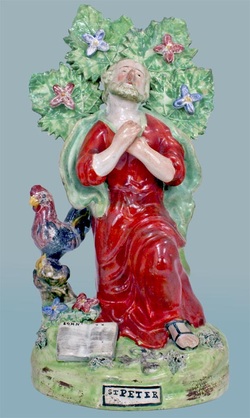
Our third candidate in the contest to find a Walton St. Peter has a quite different bocage form. Walton made bocages with these broad leaves and these flowers--but so did other potters. Again, I am not betting that Walton made this figure.
Note that the book is now open to John. Hmm....does that mean that this figure comes from a different pot bank to the previous two figures?
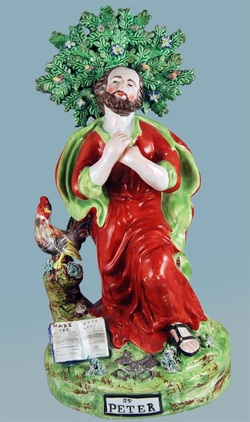
The fourth contestant again has a very Waltony look....but don't be deceived. The bocage fronds here each have three leaflets, rather than the five-leaflets on previous figures.
Not a single marked Walton figure has three-leaflet bocage fronds, so I don't believe that this figure was made by Walton. If the figure had lost its bocage, you might be tempted to attribute it to Walton, but that would be a mistake.
Note that the book is now open to Mark!
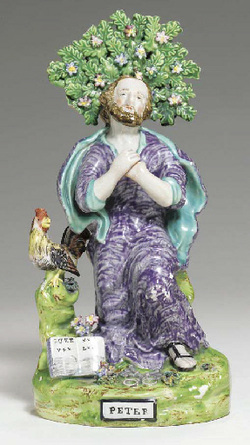
The fifth figure (courtesy of Christies) is very like the previous example. Again, each bocage frond comprises three leaflets. I tend to think that figures with these three-leaflet fronds come from the same source. They link together with other figures to form a large group of unkown origin---but they were not made by Walton.
So if I am right and this figure is from the same pot bank as the previous example, why is the book now open to Luke?
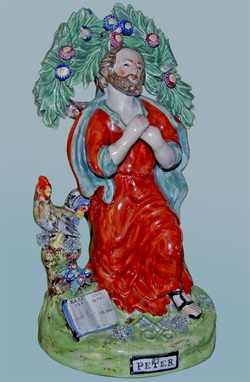
The final figure has spectacular, large-leaf bocage fronds not often encountered. This example was photographed in a display case at the Potteries Museum.
Walton did not use this bocage on a single marked figure, and I don't think any figures with this bocage were made by Walton. Rather, I suspect they come from the same pot bank as the previous two figures with three-leaflet bocage fronds.
The book is now open to Mark. The plot thickens.
A collector has suggested that Walton simply forgot to put the mark on the mold he used for St Peter. That is possible--especially as the mark seems to be integral to the mold. In other words, the mark was made with the figure, and it was not put on afterwards. Assuming there was a problem with the mold, I think it would have been caught and easily corrected as subsequent working molds were created for use.
Is there any feature that is specific to Walton figures? Yes, there is just one. The rosette that you see on the center front of the base of this figure of FRIENDSHIP occurs only on marked Walton figures.
- Under the MAKERS tab on this website. This was my first attempt at sorting out Walton, and it needs to be updated--as does the rest of this site. It is top of my "to do" list for when my book is done.
- The American Ceramic Circle Journal Vol XVI has my most recent article on Walton. To achieve a consistent style throughout the Journal, this work got edited into mundane nothingness. I find it boring, difficult reading, but the pictures are very pretty, and all the essential material is there.
- Wait for the next book, due in 2013, I think.
Meanwhile, if you have any thoughts, please share them.
